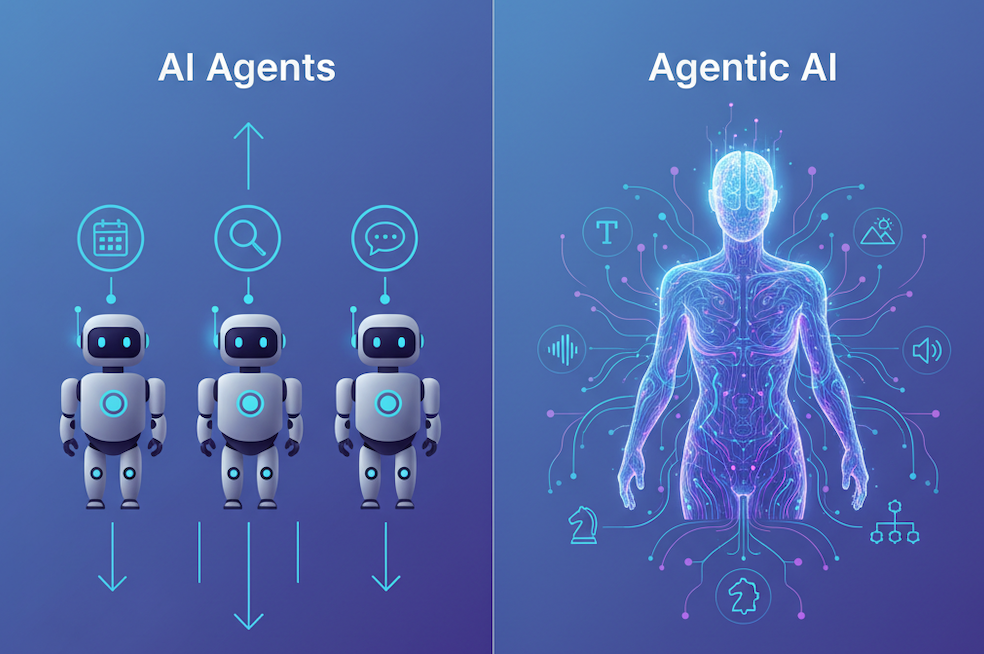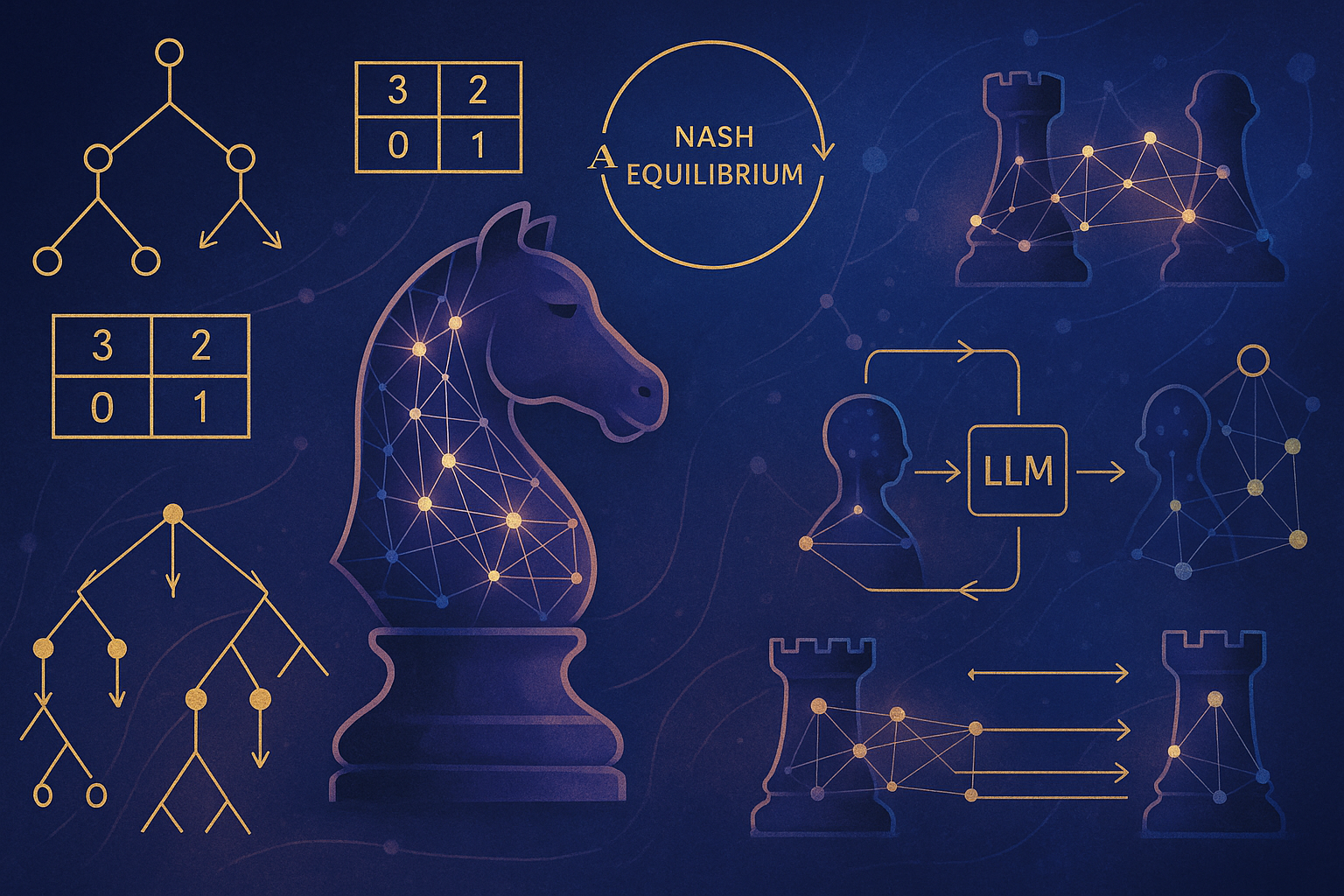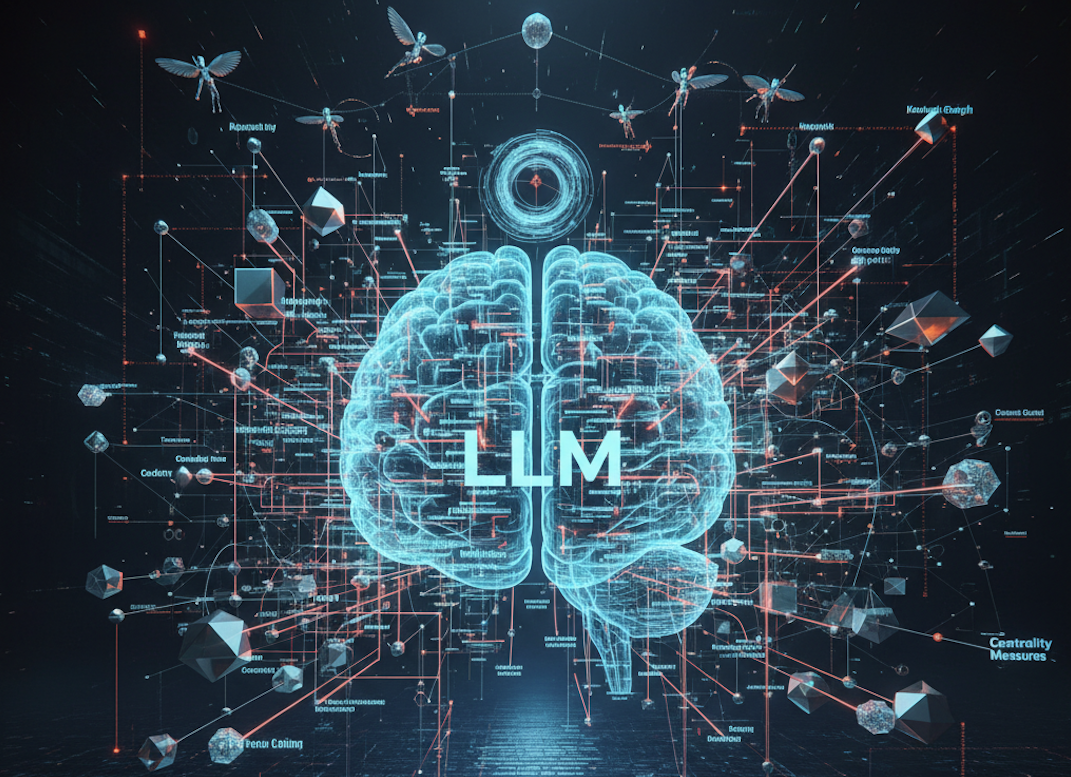Table of Contents
Trapped within the digital vaults of countless organizations lies a hidden anchor: legacy code. These monolithic systems, often written in languages of a bygone era, are the bedrock of critical business operations. Yet, they are also brittle, opaque, and notoriously difficult to maintain, let alone innovate upon. The fear of breaking a core system has left many businesses in a state of technological paralysis. But what if we could change that?
Enter the new frontier of software engineering: AI-powered legacy code modernization. Artificial intelligence is no longer just a buzzword; it’s a practical toolkit that is revolutionizing how we approach, analyze, and transform aging software. By leveraging AI, we can de-risk the modernization process, accelerate timelines, and finally unlock the value trapped within these digital relics.
Phase 1: Understanding the Beast with AI-Driven Analysis
You can’t fix what you don’t understand. The first and most significant hurdle in any modernization project is deciphering the labyrinthine logic of the existing system. Decades of patches, undocumented features, and forgotten dependencies create a tangled web that even seasoned developers are hesitant to touch.
This is where AI first shines. Specialized AI tools can ingest an entire codebase and act as an archeologist, piecing together the story of the software.
Automated Documentation: AI can parse code to generate comprehensive, up-to-date documentation. It identifies functions, classes, and dependencies, explaining what each part does in plain English, effectively recovering lost “tribal knowledge.” Visualizing Complexity: The true breakthrough is the AI-powered generation of architectural diagrams directly from the source code. It can automatically create: - UML (Unified Modeling Language) Diagrams: Class and sequence diagrams that map out the software’s static structure and dynamic interactions. - Flowcharts: Detailed visualizations of the logic within complex functions or methods, making convoluted algorithms transparent. - Workflow & Dependency Graphs: High-level views of how different modules connect and how data flows through the application, revealing the true business processes embedded in the code.
With this AI-generated “map,” the modernization team can see the entire system clearly for the first time, identifying critical paths, redundancies, and potential areas for strategic intervention.
Phase 2: Devising a Data-Driven Execution Plan
With a deep understanding of the legacy system, the next step is to create a strategic plan of attack. AI transitions from being an analyst to a strategist in this phase. By analyzing the dependency graphs and code complexity reports, AI models can help:
Identify logical seams in the monolith to break it down into smaller, manageable microservices. Prioritize modules for modernization based on business impact and technical risk. Estimate the effort required for refactoring or rewriting specific parts of the application. Recommend the best modernization approach, whether it’s the “strangler fig” pattern (gradually replacing old components) or a full rewrite.
This data-driven approach removes guesswork and allows teams to build a realistic, phased roadmap that minimizes disruption to ongoing operations.
Phase 3: AI-Accelerated Execution and Validation
This is where the magic of hands-on, AI-assisted development comes to life. A new ecosystem of powerful tools is emerging to accelerate the most labor-intensive parts of modernization.
The Rise of AI Coding Assistants
These are more than just autocomplete tools; they are active partners in the development process.
GitHub Copilot: Perhaps the most well-known assistant, Copilot provides real-time code suggestions, completes functions, and can even translate snippets from one language to another. In a modernization context, a developer can start rewriting a function in a new language, and Copilot will intelligently suggest the modernized equivalent based on the logic of the original.
Specialized Modernization Platforms: A new class of tools is offering end-to-end modernization capabilities:
Windward/Red Hat Windup: Tools like these specialize in application migration. They analyze codebases (e.g., legacy Java applications) and provide detailed reports on the changes needed to move to a modern platform, sometimes even performing automated code transformations.
Bolt: Often, legacy systems are tied to outdated build systems and dependency management. AI-powered tools in this space can analyze these configurations and help migrate them to modern equivalents like Maven, Gradle, or Docker.
Lovable: This tool focuses on frontend modernization, using AI to automatically untangle and migrate legacy frontend code (like old AngularJS) to modern frameworks like React or Vue, while preserving functionality and design.
ROO Code & Other Refactoring Engines: Advanced AI tools are being developed that can perform large-scale, automated refactoring. They can identify and fix anti-patterns, convert procedural code to object-oriented structures, and even begin to extract services from a monolith, all with minimal human intervention.
Bulletproof Validation with AI-Generated Test Cases
How do you know the new system works exactly like the old one? The answer is rigorous testing, another area where AI provides a massive boost. By analyzing the original codebase, AI can understand all the possible inputs, outputs, and edge cases. It can then automatically generate a comprehensive suite of test cases (unit tests, integration tests, and functional tests) that validate the behavior of the modernized code.
This AI-driven quality assurance is a game-changer. It builds confidence, catches regressions early, and ensures that the modernized application is a faithful—and improved—successor to the original.
The Future is Collaborative
It’s crucial to remember that AI is not a replacement for human expertise. It is a force multiplier. The ideal modernization team is a human-AI partnership. Developers guide the process, validate the AI’s output, and make the critical strategic decisions that require business context and creative problem-solving. AI handles the repetitive, time-consuming, and complex analysis and translation tasks that have traditionally made these projects so daunting.
By embracing this collaborative approach, organizations can finally conquer their legacy code, transforming it from a liability that stifles innovation into a modern, resilient, and future-ready asset.






Start the conversation